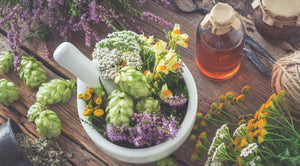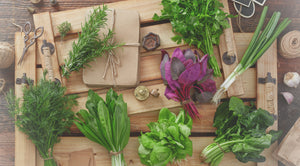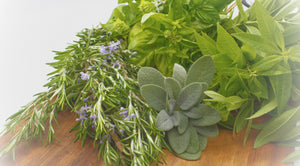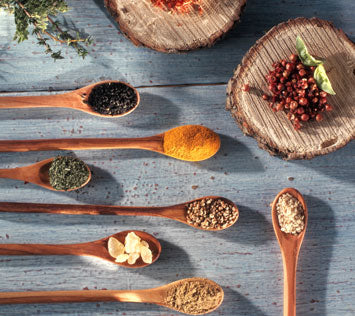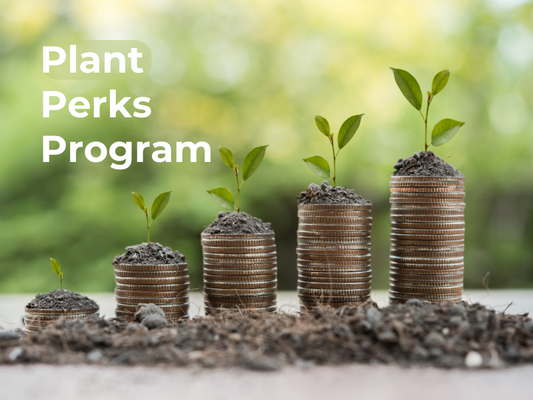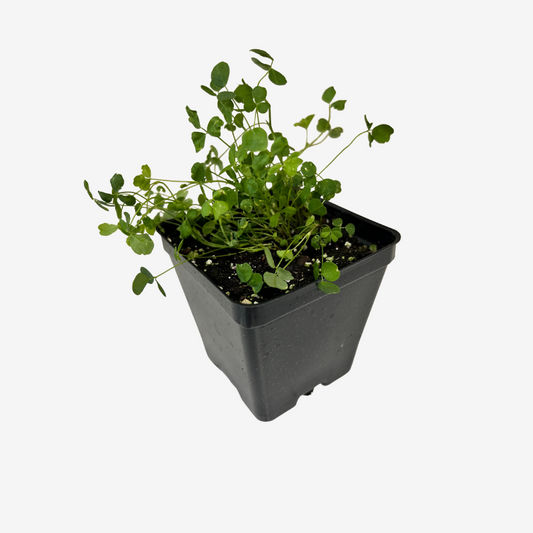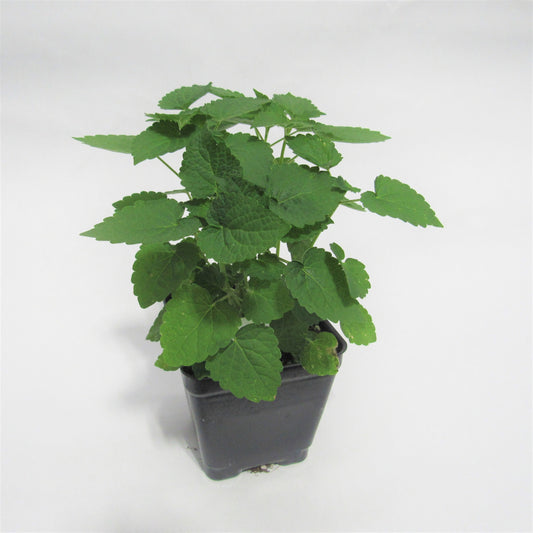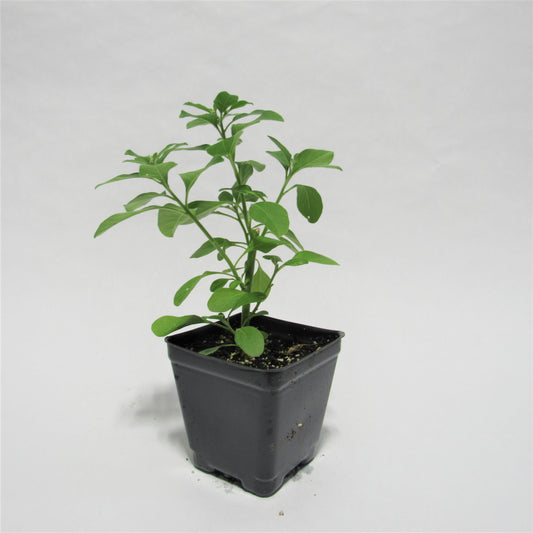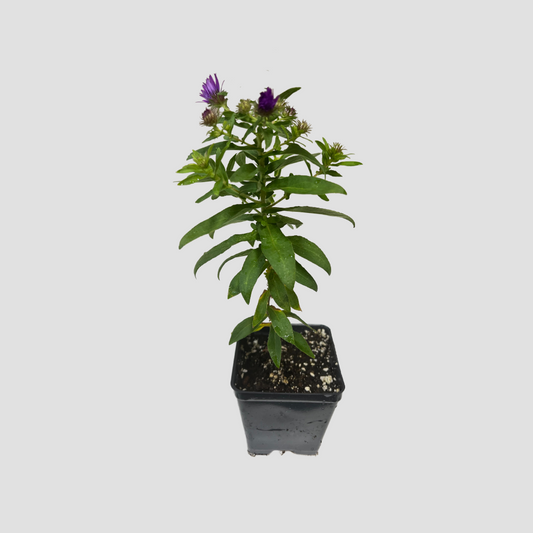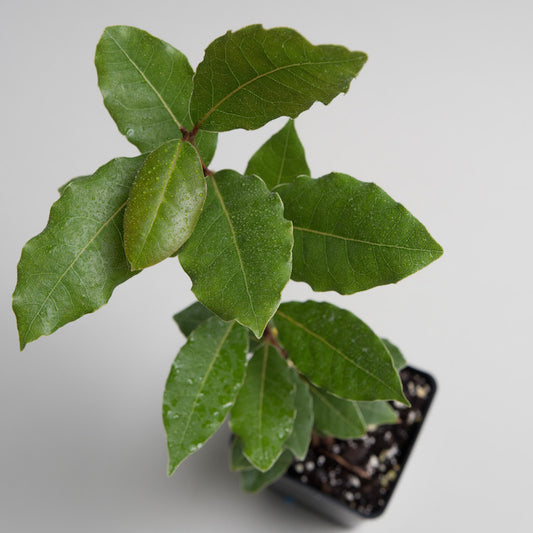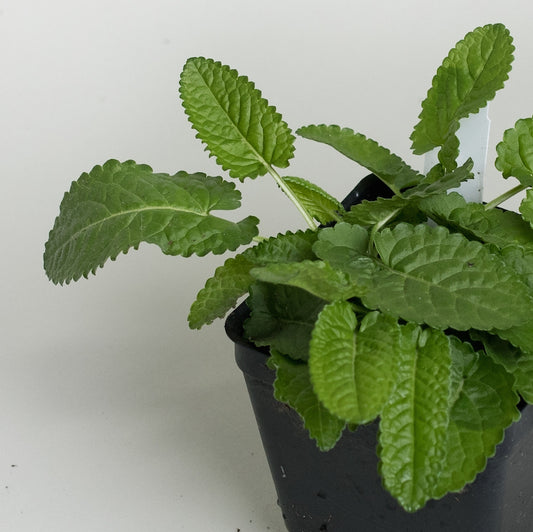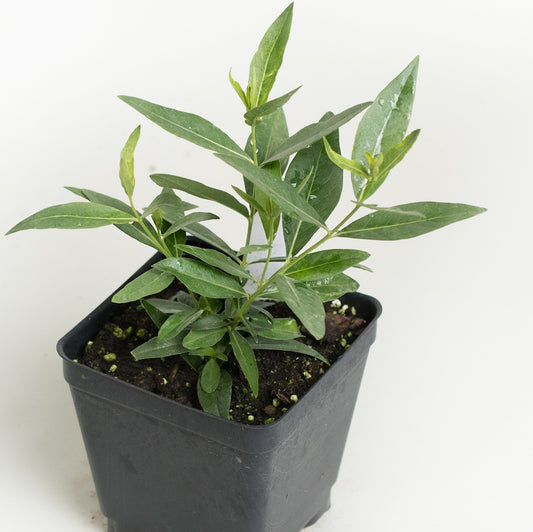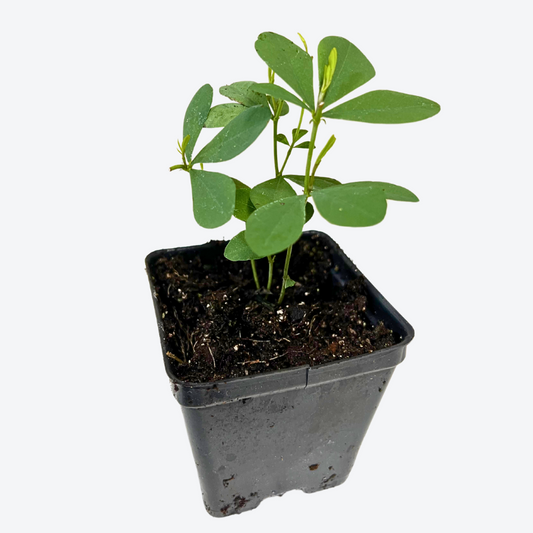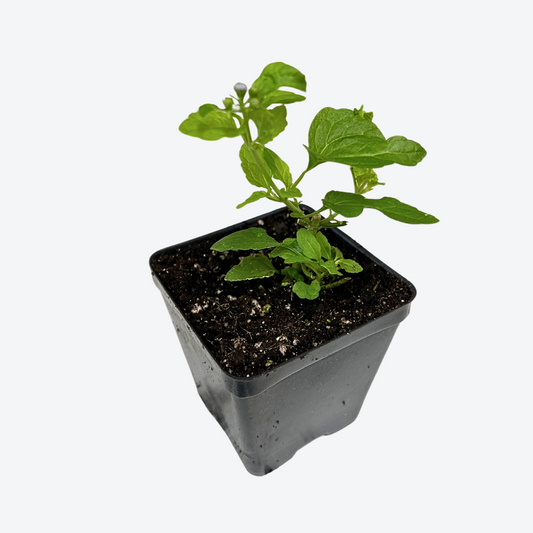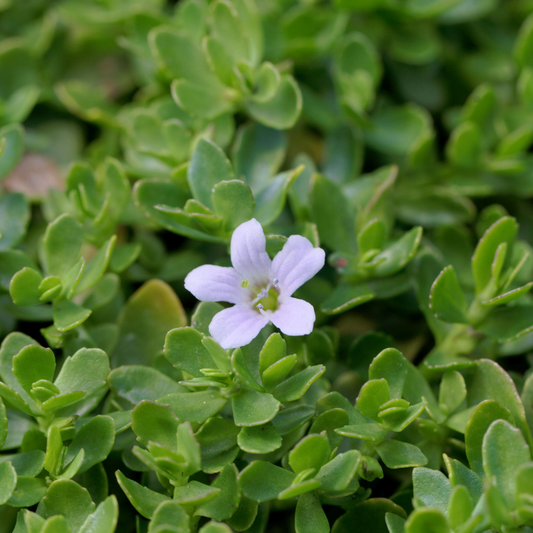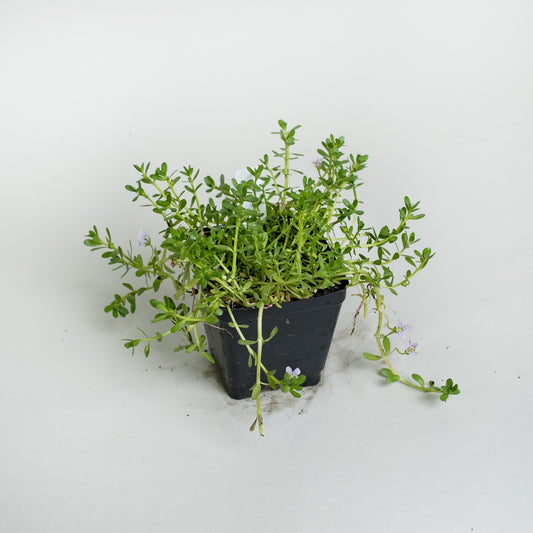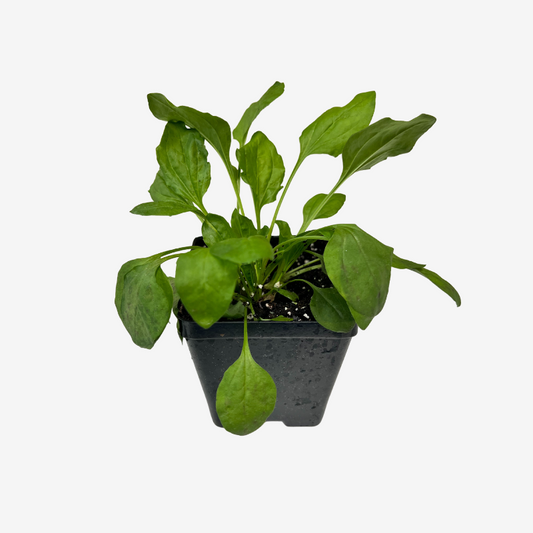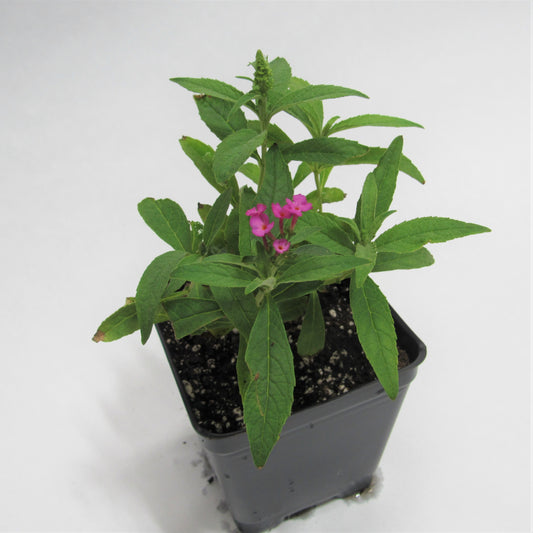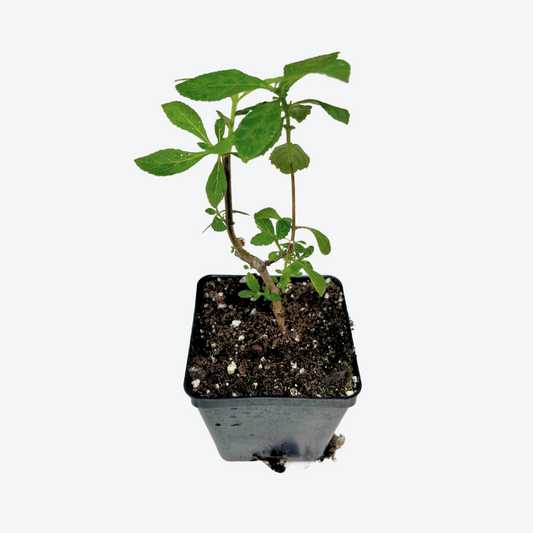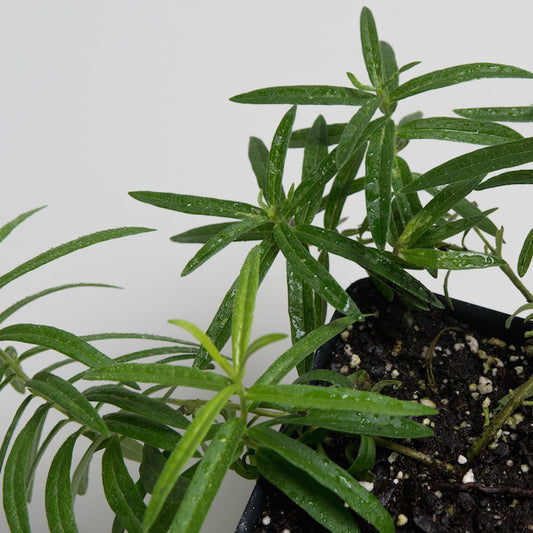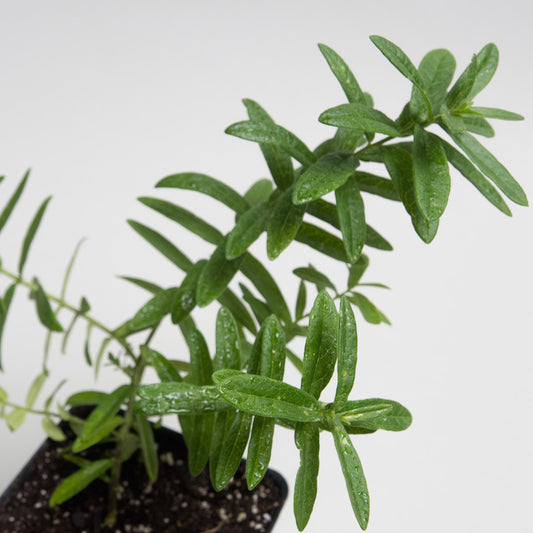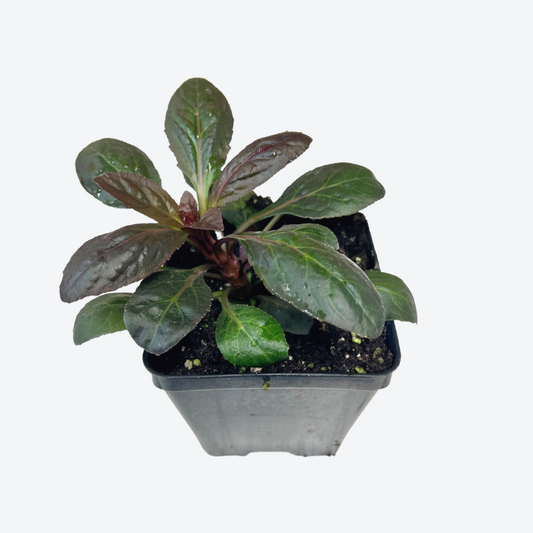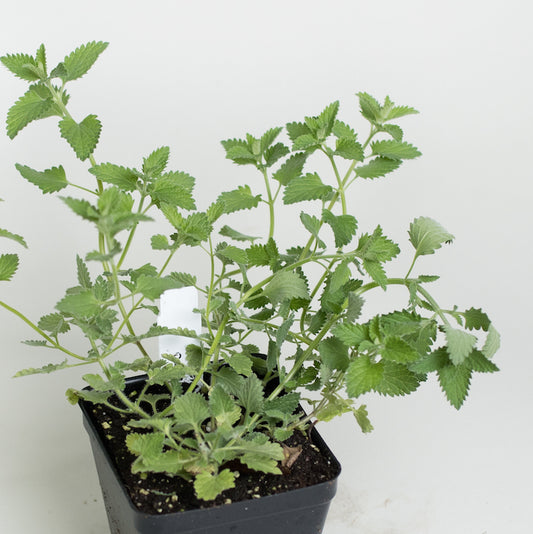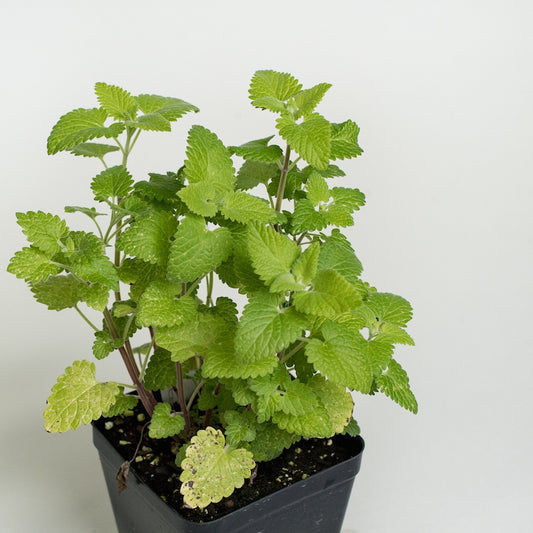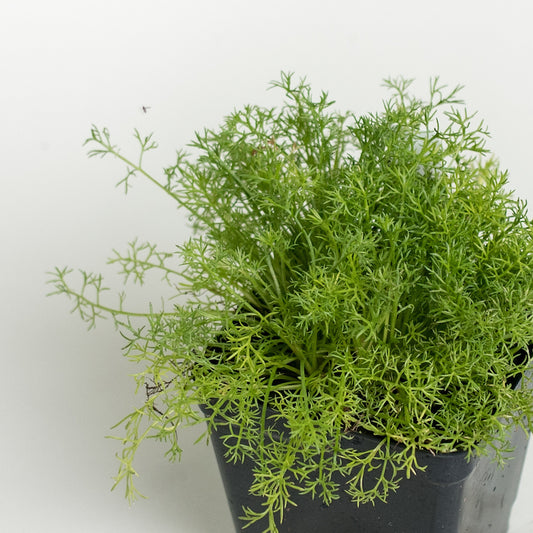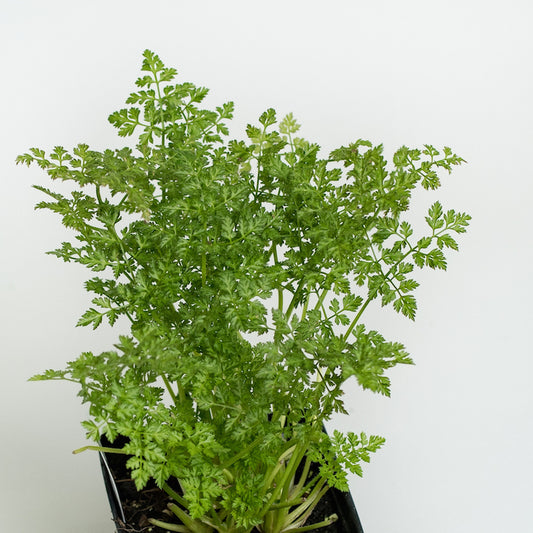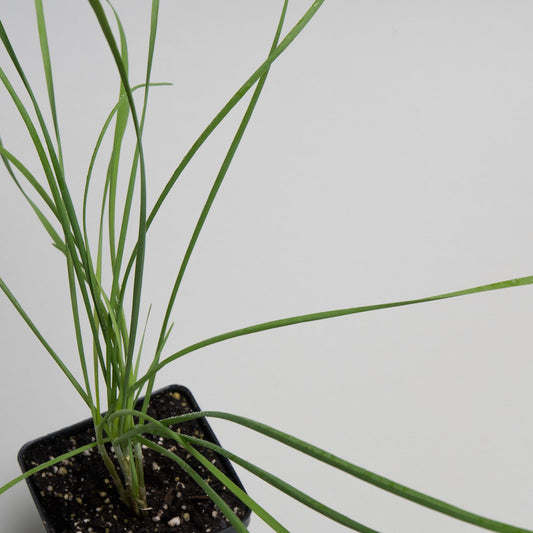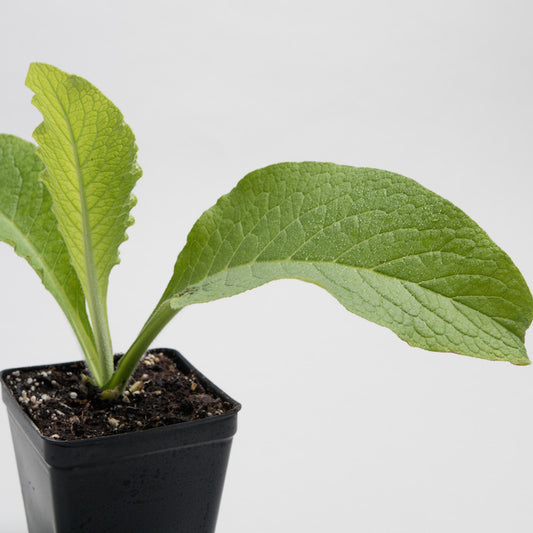Perennial plants are the heart of any vibrant garden, offering enduring charm and natural allure. Unlike their short-lived counterparts, perennials return season after season, gracing your outdoor sanctuary with a symphony of colors and fragrances. These steadfast plants are vital for a flourishing garden as they form the backbone of its structure, creating a reliable canvas for your landscaping dreams.
The key to a thriving perennial garden lies in understanding your Hardiness Zone. Each region has its unique climate, and perennial plants have specific cold-hardiness ratings that determine their ability to withstand winter temperatures. Planting perennials suited to your zone ensure they can withstand the harshness of winter and flourish in the spring.
Shop Perennial Herbs by Zone
Browse our selection of perennial herbs categorized by Hardiness Zone and choose the suitable varieties that can withstand your local climate.
Zone 1 and 2
Zone 1 represents regions with the most extreme cold temperatures in North America. These areas experience frigid winters with annual extreme minimum temperatures that can plummet to -50°F (-45.6°C) or even lower. Few plants can survive these harsh conditions, making gardening and landscaping challenging.
Zone 3 characterizes regions with cold winters, where the average annual extreme minimum temperatures can reach as low as -30°F (-34.4°C). Gardeners in Zone 3 can cultivate various perennial plants by choosing species adapted to the cold climate.
Here are our featured perennials for Zone 3:
-
Chives (Garlic): Chives that are the garlic variety are versatile culinary herbs, perfect for enhancing the taste of dishes.
-
Skullcap: A herb known for its potential calming and soothing properties.
-
Catnip (Lemon): A fragrant perennial plant loved by cats and used for its mild lemony flavor in teas and recipes.
Zone 4 designates regions where average annual extreme minimum temperatures can drop to -20°F (-28.9°C). This zone encompasses various areas in the northern United States and parts of Canada.
The following are our featured Zone 4 perennials:
-
Blue Star (Blue Ice): A perennial flower admired for its stunning blue blooms.
-
Tansy: A flowering herb known for its bright yellow flowers and traditional medicinal uses.
-
Betony: A herb with historical herbal medicine significance, believed to have various health benefits.
Zone 5 in the Hardiness Zone System indicates areas with moderately cold winters, where average annual extreme minimum temperatures may dip to -10°F (-23.3°C). Gardening in Zone 5 allows for a broader range of plant choices, including many popular perennial herbs and shrubs.
Shop our top Zone 5 perennial plants:
-
Fennel (Green): A herb with a distinctive anise-like flavor used in culinary and medicinal applications.
-
Parsley (Curly): One of the most popular perennial herbs often used as a garnish or flavor enhancer in many dishes.
Zone 6 characterizes regions with mild to moderately cold winters, where average annual extreme minimum temperatures can fall to around -5°F (-20.6°C). This zone covers broad areas of the United States.
Here are our featured Zone 6 perennial options:
-
Bergamot (Bee Balm): This plant boasts vibrant flowers and is a favorite of pollinators, adding color and biodiversity to gardens.
-
Parsley (Italian Flatleaf): A popular herb with flat, flavorful leaves that enhance culinary dishes.
-
Chamomile (Roman): A soothing herb often used for its calming properties and in herbal teas.
Zone 7 encompasses regions with relatively mild winters, where average annual extreme minimum temperatures can reach around 0°F (-17.8°C). This area covers parts of the southern United States, offering favorable conditions for a diverse range of garden plants, including both cold and warm-season varieties.
Explore our Zone 7 perennial plants below:
-
Fennel (Bronze): A herb with feathery, bronze-colored foliage and a sweet anise flavor, utilized in culinary and ornamental gardens.
-
Perovskia (Russian Sage): A drought-tolerant perennial known for its fragrant silvery foliage and striking blue-purple flowers.
-
Rue: An aromatic herb with a robust and distinctive scent, used in traditional herbal medicine and as a decorative addition to gardens.
Zone 8 designates areas with mild winters, where average annual extreme minimum temperatures stay above 10°F (-12.2°C). It provides a hospitable environment for many perennial plants, including many tropical and subtropical species.
The Grower's Exchange Zone 8 top perennial plants are the following:
-
Bay Laurel: A fragrant shrub known for its aromatic leaves that are a staple in many food recipes.
-
Lemon Verbena: A fragrant herb with a strong lemon scent, often used to infuse beverages and desserts with a zesty flavor.
-
Lavender (Munstead): A popular Lavender variety with aromatic, purple spikes of flowers.
Zone 9 are regions with mild winters, where average annual extreme minimum temperatures typically remain above 20°F (-6.7°C).
Below are the top perennial plants for Zone 9:
-
Oregano (Cuban): This plant has succulent, aromatic leaves that add a zesty flavor to dishes.
-
Vick's Plant: Also called Plectranthus tomentosa, it’s recognized for its velvety, fragrant leaves, emitting a menthol-like scent when touched.
-
Tagetes (Mexican Mint Marigold): A herb with a licorice-like flavor and bright yellow flowers. It is a delightful culinary and medicinal plant.
Zone 10 are areas with a tropical climate, where average annual extreme minimum temperatures seldom drop below 30°F (-1.1°C). Areas are primarily in southern Florida and parts of Hawaii and Southern Texas.
Add our featured Zone 10 perennials to your garden:
-
Brahmi: A plant renowned for its potential cognitive-enhancing properties, often used in herbal remedies and traditional medicine.
-
Sage (Purple): A variety of sage with striking purple foliage, offers a culinary herb rich in earthy flavors and ornamental appeal.
-
Curry: This plant produces aromatic leaves used in a wide range of culinary dishes.
Zone 11 are tropical regions where average annual extreme minimum temperatures rarely dip below 40°F (4.4°C). Found in southern Florida and parts of Hawaii, this zone creates an ideal environment for a wide variety of tropical and subtropical plants to thrive year-round.
Here are our top picks for Zone 11:
-
Hyssop: A fragrant herb with blue flowers cherished for its culinary uses and therapeutic properties.
-
Eucalyptus (Baby Blue): This popular ornamental plant is well known for its aromatic leaves and distinctive silvery-blue foliage.
Zone 12
Zone 12 signifies tropical climates with consistently warm temperatures and no freezing conditions, found in some Hawaiian coastal areas.
Zone 13
Zone 13 is reserved for tropical climates on small, isolated islands in the Pacific Ocean, where frost is nonexistent.
Shop Today!
Our collection of perennial plants provides the foundation for a flourishing garden that will delight your senses year after year. Don't miss the opportunity to transform your outdoor space with enduring beauty. Explore our selection today and embark on your journey to perennial perfection!

